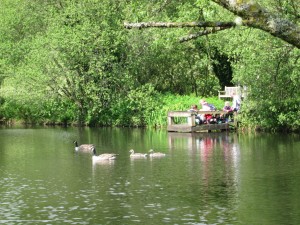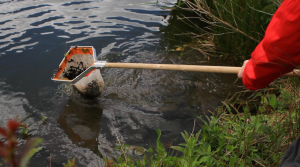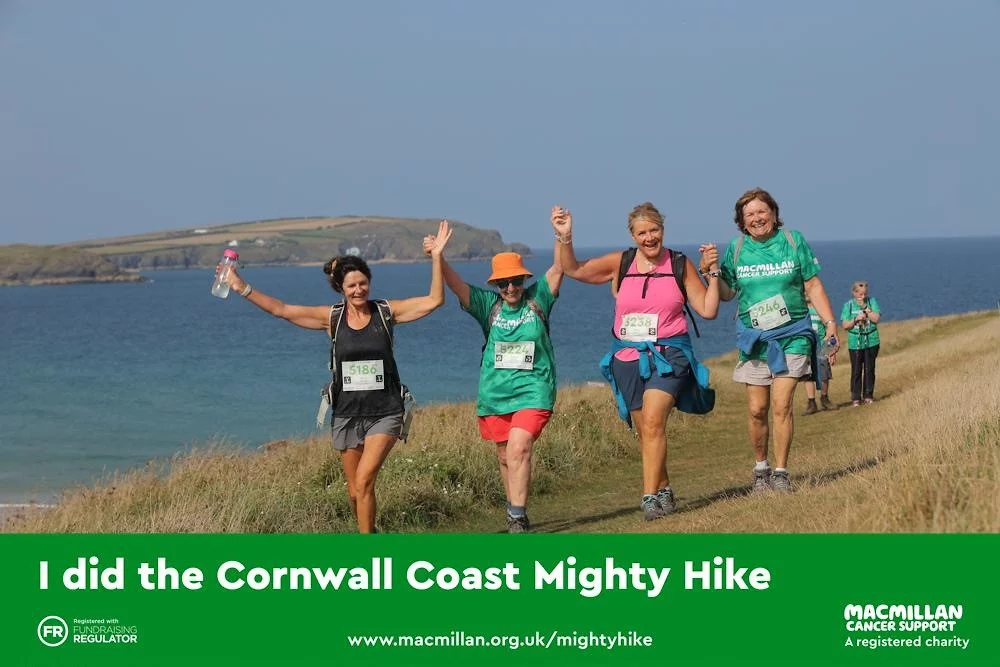If there’s one feature in the garden guaranteed to attract wildlife with astonishing speed, it’s a pond. And at a time when ponds have all but disappeared from farmland, making or re-establishing a pond is a hugely helpful thing to do. We already have a beautiful lake and several ponds at Bosinver but we are always keen to improve our natural habitats, so when the lovely people at the Cornwall Sustainable Tourism project (CoaST) organised a ponds day we jumped at the chance to attend.
Under a new initiative named ReBoot, CoaST members have recently been getting together at workshops to share their knowledge and experience to explore the possibilities for positive environmental growth – here’s a video explaining a little more about the ReBoot programme
Our marketing officer Elaine, who has a passion for wildlife and is keen to introduce a pond to her own garden, was very keen to represent Bosinver at the ponds event held at Pollaughan Farm on the Roseland. As Elaine says “Water is such a vital but often overlooked element of any wildlife habitat – adding water to even the smallest of gardens has a huge positive effect on the variety of wildlife you will find there.”
Expert Chris Ayres from invertebrate conservation charity Buglife was on hand to demonstrate pond dipping techniques and to explain the variety of life to be found in a healthy pond, bringing with him some sampling equipment and a great freshwater trail guide.

Chris was a great source of information and inspiration – he loves introducing people to the fascinating world of invertebrate life in our freshwater habitats and Elaine quizzed Chris over ways in which we might be able to further improve our ponds and lake.
Bosinver’s lake is quite wooded which means that it is potentially especially good for frogs and toads – you may have seen some of the little toadlets during a summers Wild Kids session. The shelter of the trees is also good for dragonflies and other delicate-winged wetland insects that would otherwise get buffeted about by strong winds. Chris suggested that the trees however also mean that leaf litter finds its way into the water and this, together with our fish population, might have the effect of reducing the variety of life to be found in the lake. We’ll be looking at ways we can improve this, perhaps by cutting back some of the overhanging branches and making a matrix of water levels and margins.

During the day we also looked at ponds – if you haven’t tried pond dipping with kids before it’s a great way of introducing them to the web of life, as even the smallest of critters plays its part in the food chain. Chris introduced us to water fleas, water boatman, snails, beetle, dragonfly larvae and even a few leeches – guaranteed to extract a collective “Yuk!” from onlookers (even though they were tiny). But it wasn’t just bugs that were benefiting from the lakes and ponds at Pollaughan – just like at Bosinver, Canada Geese and their goslings swam majestically around and swallows dipped over the lake to pick up flies – beautiful!

So if you’d like to something to help support wildlife this year and you have a garden, why don’t you ‘just add water’ and see what happens? Don’t forget to let us know what wildlife you see!
Useful information
Here are some great resources on how to make a pond that will benefit wildlife:
Wild about Gardens Put in a Pond blog post
FrogLife’s “Just Add Water” Handbook – a pond creation guide.
Wildfowl and Wetlands Trust’s (WWT) guide to which plants you should plant in your pond
Plantlife’s booklet listing which pond plants to put in and which invasive plants to avoid
Ecology Centre Pond Pack about freshwater invertebrates, pond dipping and event ideas
Are you ready to go wild this June?

If you enjoy being outdoors and would like to bring nature into your life it’s not too late to join in with the Wildlife Trusts’ 30 Days Wild challenge – an invitation to commit random acts of wildness throughout June (and hopefully beyond!). Head over to the 30 Days Wild website to find out how to get involved, and and follow #30DaysWild on Twitter for more inspiration for random acts of wildness.
You can also follow how we’re getting on with the challenge on Facebook, Twitter and our blog.














